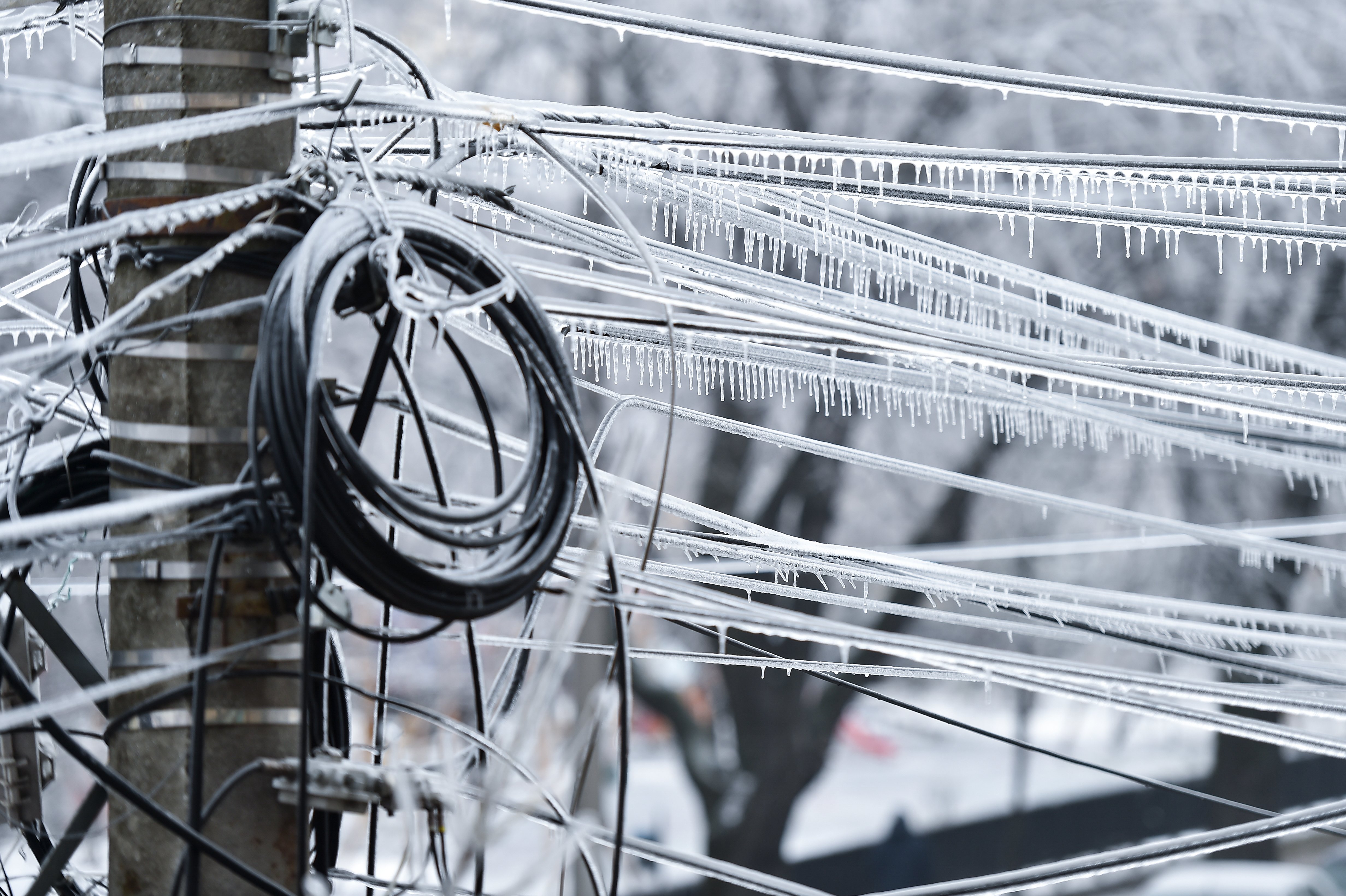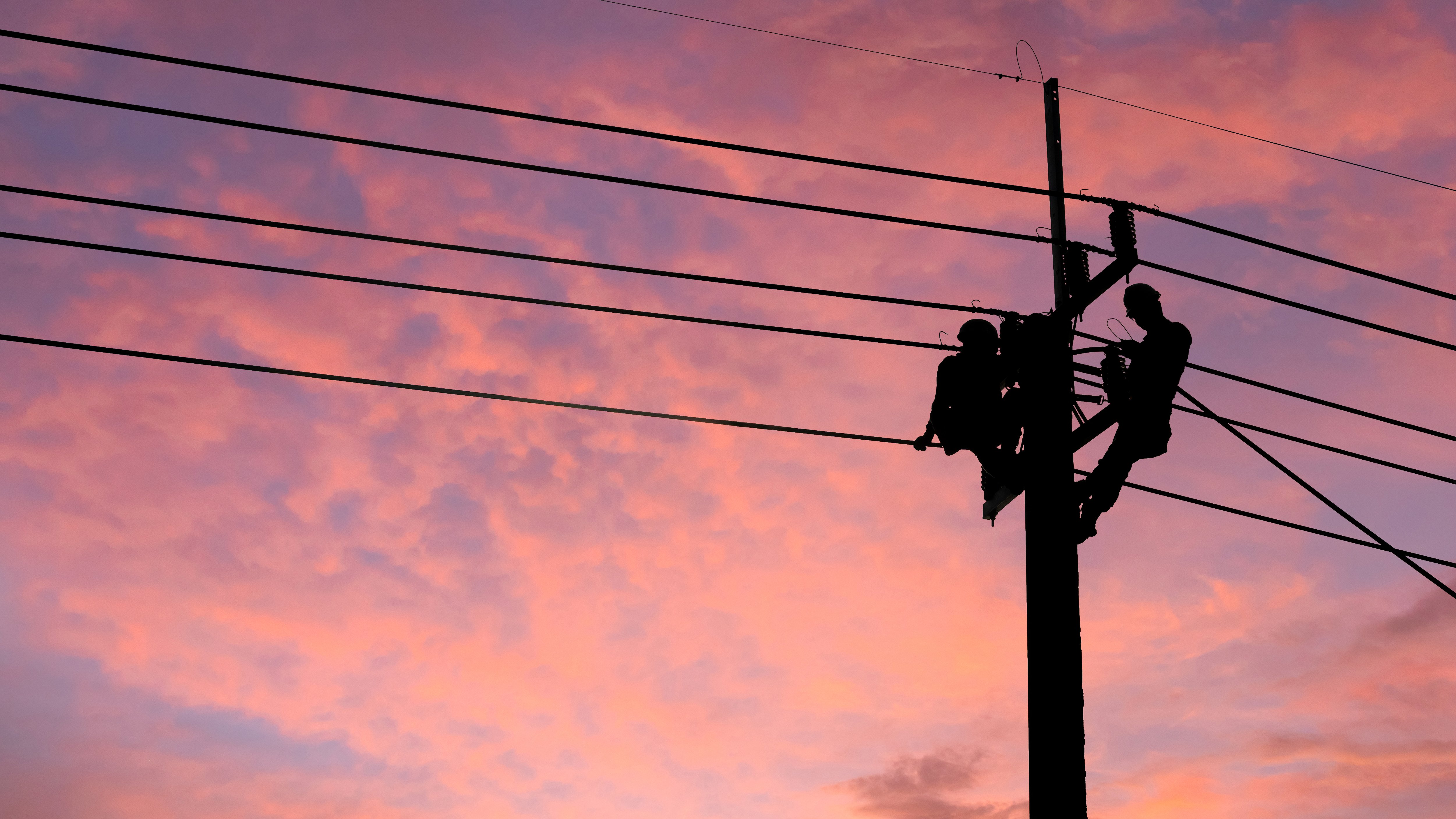Big storms happen. Life is unpredictable that way. But in many cases, extreme weather can be a bit more predictable. For instance, If you operate in Florida, you can expect hurricanes. If you operate in California, you can expect wildfires. If you operate in New York, you can expect ice storms.
Unfortunately, climate experts are saying that’s not all you can expect. Regardless of where you operate, more extreme weather is predicted to come your way. This rise of extreme weather has made one thing clear for energy executives: If dealing with mother nature isn’t top of mind, it should be.
California’s General Order 95 aims to reduce the risks associated with overhead electric supply lines. Vegetation management is a key focus of this legislation, with strict rules governing clearances in high fire-threat areas. Utilities must also inspect for fire risks like faulty equipment, missing components such as cotter pins, and cracked or damaged devices such as transformers or isolators—all of which can spark wildfires.
To comply with regulations and keep their communities safe, energy companies need a fast, verifiable, and cost-effective way to inspect electrical assets. This is especially true for large companies with millions of poles in the field. The incumbent manual methods of inspecting lines, using “people on the ground” or manned aircraft, may not provide adequate proof of inspection to comply with regulations and can be expensive and time-consuming.
Drone-based data collection and analysis allows you to streamline your asset inspections and reporting by integrating with your ERP systems—so you can turn data into actionable insights and decrease your risk of litigation.
Critically, the technology helps identify fire risks before they occur. This starts with more frequent asset inspections enabled by drones. Because drones are faster, safer, and more accurate than traditional inspection methods, companies can afford to inspect their assets more often.
This streamlined approach offers two main benefits. One, the higher accuracy of drone inspections allows you to better identify fire risks now. A loose lashing wire, for example, might be missed by an overworked inspector squinting through binoculars. With a drone, however, fire risks can be instantly spotted once photos are processed using the image recognition capabilities of AI. AI, as it turns out, never gets tired.
Avoiding legal trouble is another huge benefit of digitizing your asset inventory. When a utility starts a fire or gets blamed for starting a fire, they face huge fines, lawsuits, and public backlash. Therefore, the last thing a utility wants is to get blamed for a fire they didn’t start.
By having a historical database of images, utilities get “defensible data.” That is, if any questions arise—such as those from regulators—as to the condition of a pole during a fire investigation, the utility can go back to reexamine the images and in some cases prove their innocence.
Download the Preparing for Mother Nature ebook, to examine the three common extreme weather events and how better aerial intelligence can help you reduce damage and restore power quickly when disaster inevitably strikes.




